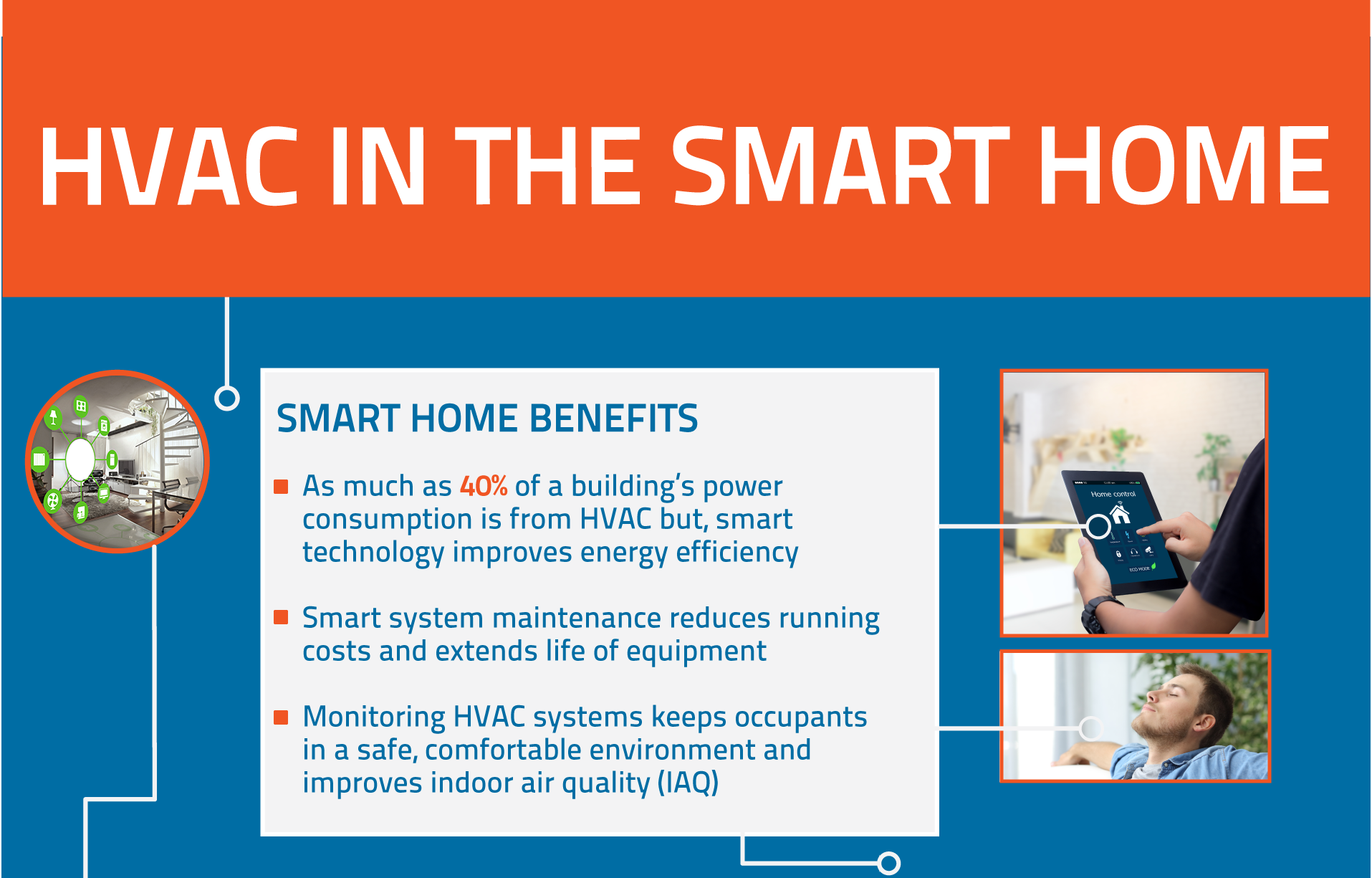The Impact Of Weather On Heatpump Efficiency And Strategies For Improvement
The Impact Of Weather On Heatpump Efficiency And Strategies For Improvement
Blog Article
Material Author-Tuttle Sahl
When it pertains to your heatpump, weather plays a critical duty in its efficiency. From freezing temperatures to sweltering heat, each aspect can affect just how efficiently your system runs. But what can you do to battle these weather-related difficulties and ensure your heat pump is working at its finest? Remain tuned to uncover useful pointers and approaches to optimize your heat pump's efficiency, despite the climate condition it encounters.
Climate Aspects Impacting Heatpump Effectiveness
Climate elements have a considerable effect on the performance of heat pumps. One essential element is temperature. Heat pumps work by transferring warm from outdoors to inside during winter season and the other way around in summer season. As temperature levels decline, it comes to be harder for the heat pump to remove heat from the outside air, decreasing its performance.
An additional key element is humidity. High humidity degrees can make it a lot more challenging for the heatpump to launch warm during the cooling process.
Furthermore, wind speed plays a role. Strong winds can dissipate the warm taken in or launched by the heatpump, influencing its overall performance.
Tips for Optimizing Heat Pump Performance
To improve the efficiency and longevity of your heat pump, executing a couple of key strategies can make a significant distinction in its efficiency.
First of all, make certain normal maintenance by cleaning or replacing filters every 1-3 months to stop air movement clogs and make best use of air flow. In addition, schedule yearly expert inspections to discover and attend to any kind of prospective concerns early.
Optimal thermostat settings additionally play a critical function. Throughout the winter season, go for a temperature setup that's as low as comfortable, and throughout the summertime, established it as high as comfortable to lower the workload on your heat pump. Making use of a programmable thermostat can aid you immediately change settings based on your routine.
Furthermore, sealing leakages in ductwork and shielding ducts in unconditioned areas can avoid power loss and enhance total system efficiency.
Last but not least, take into consideration mounting a clever thermostat that can learn your practices and readjust settings appropriately, additional maximizing your heat pump's efficiency. By adhering to these pointers, you can ensure your heatpump operates successfully and effectively throughout the year.
Best Practices for Weatherproofing Your Heatpump
For optimum efficiency and efficiency of your heatpump, applying weatherproofing steps is crucial. Begin by securing check out here or fractures around doors, windows, and ductwork to avoid heat loss and keep a regular interior temperature level.
Protect subjected pipelines and ducts to stop freezing throughout winter and make certain appropriate air flow. Take into consideration installing a safety cover over the outdoor device to protect it from harsh climate aspects like snow, ice, and particles.
Frequently clean the exterior system to get rid of dirt, leaves, and particles that can block air movement and lower performance. In addition, maintain the area around the heat pump free from snow, ice, and plant life to allow for proper ventilation.
Final thought
Now that you understand how climate impacts your heat pump efficiency, you can take aggressive steps to enhance its efficiency. By adhering to the ideas laid out in this short article, such as routine upkeep, thermostat changes, and weatherproofing procedures, you can guarantee that your heat pump operates at its ideal regardless of the climate condition. Remain successful and maintain your home comfortable all the time.
